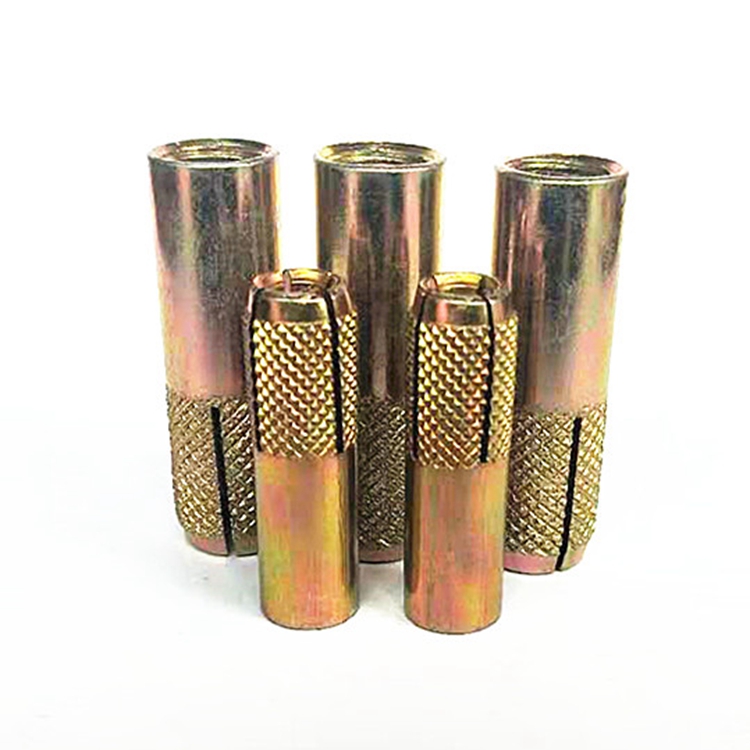famous washers and gaskets
Nov . 11, 2024 09:17 Back to list
famous washers and gaskets
Famous Washers and Gaskets Sealing the Deal in Engineering
In the world of mechanical engineering, the importance of washers and gaskets cannot be overstated. These humble components play a critical role in ensuring the efficiency and reliability of machinery and systems across various industries. From automotive engineering to aerospace applications, washers and gaskets are the unsung heroes that maintain integrity and prevent leaks. In this article, we will explore some famous washers and gaskets that have made a significant impact in their respective fields.
Understanding Washers and Gaskets
Before diving into specific examples, it is essential to understand the fundamental differences between washers and gaskets. Washers are flat disks made from materials like metal, plastic, or rubber that are designed to distribute load, reduce friction, and provide a smooth surface for bolts and nuts. Typically used in fastening applications, washers are vital in preventing loosening due to vibration or thermal expansion.
On the other hand, gaskets are seals that fill the space between two or more mating surfaces, preventing the passage of fluids or gases. Gaskets are essential in applications where airtight or watertight seals are crucial, such as in engines and pipelines. They can be made from various materials, including rubber, cork, paper, and even metal, depending on the application requirements.
Famous Washers The Lock Washer
One of the most well-known types of washers is the lock washer. Designed to prevent nuts and bolts from loosening due to vibration, the lock washer features a split or helical design that creates tension on the fastener. One famous variation is the Belleville washer, which has a conical shape and provides a spring-like effect. This design has been widely adopted in various engineering fields, from automotive to aerospace, due to its effectiveness in securing components under dynamic conditions.
famous washers and gaskets

The Belleville washer has found applications in critical systems, such as aircraft engines, where reliability is paramount. Its ability to maintain tension and resist loosening is crucial in environments that experience significant vibration and thermal changes.
Famous Gaskets The O-Ring
When discussing gaskets, the O-ring undoubtedly comes to mind as one of the most ubiquitous sealing elements in modern engineering. An O-ring is a circular elastomer ring that fits into a groove between two mating surfaces, providing a reliable seal against liquids and gases. Its simplicity and effectiveness make it a favorite in various applications, including automotive, aerospace, and industrial equipment.
One of the most famous uses of O-rings was in the Space Shuttle Challenger disaster in 1986. The failure of O-rings due to cold weather conditions led to catastrophic results, highlighting the importance of material selection and temperature resistance in gasket design. This event prompted significant changes in safety protocols and material specifications in the aerospace industry, emphasizing the critical role gaskets play in ensuring structural integrity.
The Evolution of Washers and Gaskets
Over the years, the design and materials used for washers and gaskets have evolved significantly. Advances in technology have led to the development of innovative materials like PTFE, composites, and specialized rubber compounds that enhance performance and longevity. In industries such as renewable energy, where high-efficiency systems are essential, gaskets and washers designed to withstand extreme temperatures and pressures are now standard.
In conclusion, washers and gaskets, though often overlooked, are essential components in the machinery that powers our world. From lock washers that keep assemblies secure to O-rings that ensure leak-free systems, these components are vital in countless applications. Their evolution continues to be shaped by technological advancements and the ever-increasing demand for efficiency and reliability in engineering. As we move forward, it is essential to continue recognizing and understanding the significance of these small yet formidable parts in our engineering feats.
Latest news
-
High-Quality Panel Stud Bolt Reliable Panel Stud Bolt Factory & Suppliers
NewsJul.08,2025
-
High-Precision Fine Thread Locknuts Manufacturer & Supplier Custom Solutions
NewsJul.08,2025
-
PH Imperial Stud Bolt – High Strength Fasteners from Leading Supplier & Factory
NewsJul.07,2025
-
High-Quality Allen Wrench Bolts Leading Factory, Company & Suppliers
NewsJul.07,2025
-
Wholesale Ball Stud Bolt - High Quality Supplier & Factory Price Reliable Wholesale Ball Stud Bolt Company
NewsJul.06,2025
-
High-Strength Alloy Bolts Manufacturer & Supplier Quality Alloy Fasteners Factory
NewsJul.06,2025
